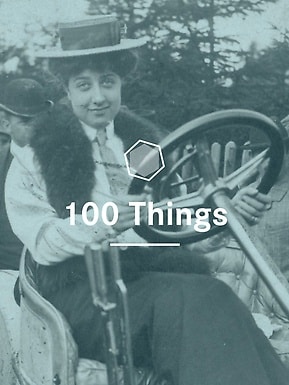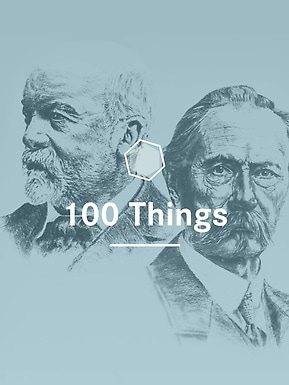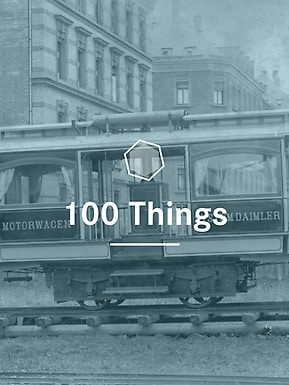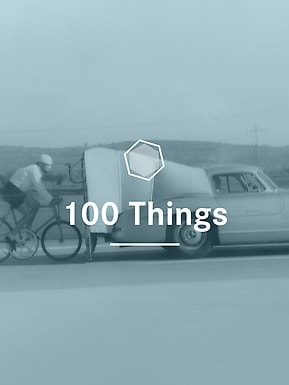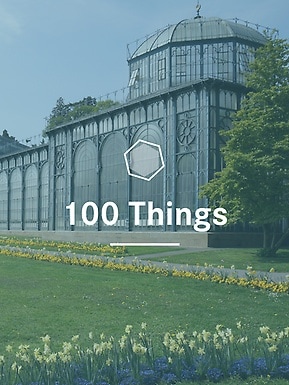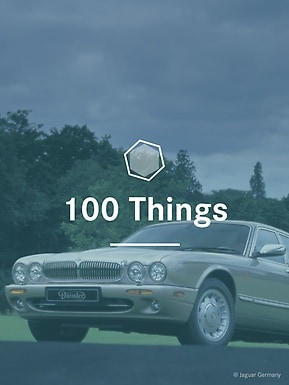For a long time, Stuttgart and the surrounding region were known mainly for one thing: their status as one of Europe’s strongest business locations. This was thanks not only to the automobile industry and its many suppliers but also to the region’s concentration of successful medium-sized companies. Now, however, more and more people are coming to Stuttgart not only in order to work there: the city has become a magnet for tourists. People used to joke about the fact that Stuttgart had no nightlife to speak of, but nowadays millions of tourists from Germany and abroad are flocking to this Swabian metropolis, which is also the state capital. Stuttgart-Marketing GmbH registered almost four million overnight stays before the coronavirus pandemic. Two of the city’s major attractions, are the Mercedes-Benz Museum
100 Things You Should Know About Mercedes-Benz | #24

There’s also a bit of Mercedes-Benz in the Wilhelma.
Mercedes-Benz and the Wilhelma belong to Stuttgart like sauce to “Spätzle”. But very few people know about their special connection.
2 min reading time
Very few of these visitors are aware of the fact that there’s an iron connection between the two. And this is how the story goes: Some of the historic buildings were damaged or destroyed in World War II, and were imperfect for a long time after. It was only at the beginning of the 21st century that plans were made to reconstruct them. In order to make the construction as true to the originals as possible, what was needed were parts made of steel and cast iron. . . The steel and iron foundry at the Mercedes-Benz Plant in Esslingen-Mettingen seemed predestined for this historically significant task. After all, in its early years it had built locomotives for the Kingdom of Württemberg. And so, it participated in the making of an iron pavilion in 2005.
Today, the pavilions in the Moorish Garden again shine in the glory of days long past. The garden is regarded as the centerpiece of the Wilhelma. It was originally created by King Wilhelm I of Württemberg as a private palace park, has been open to the public since 1880. The Covered Walkway through the garden is impressive due to its historical pavilions, numerous sculptures, and harmonious arrangement of paths, fountains, and plants. Some 1.7 million visitors per year regularly come to the Moorish Garden and admire the result. So after all, Daimler had a small, but important part in making the Wilhelma one of the most beautiful zoological and botanical gardens in Europe today.
This unusual neighborly assistance demonstrates once again that high-quality Swabian workmanship is an ideal choice not only for automobile construction but also for what Swabians traditionally call “Häusle bauen” — building a house of your own.



